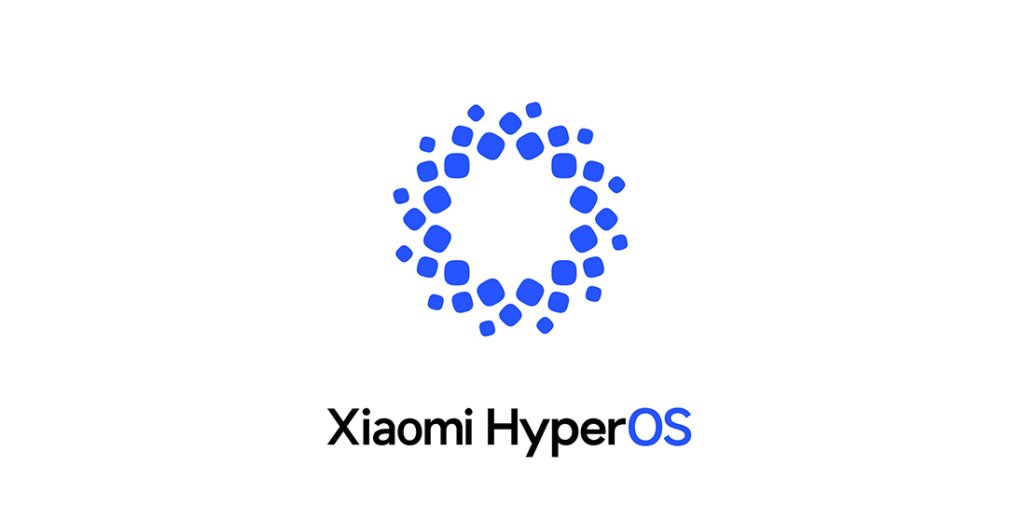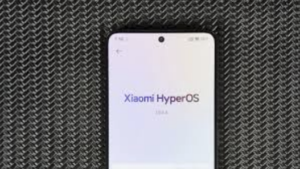Xiaomi Takes a Big Leap with HyperOS 2.0: Enhanced Performance and Broader Device Support
Last year, Xiaomi made a significant move by introducing HyperOS, a groundbreaking operating system designed to unify its product lines under a single platform. As with any first-generation software, HyperOS encountered several issues. Some smartphones faced severe bugs and performance problems, leading to a less-than-ideal user experience. Here at “Xiaomi for All,” we are committed to providing our readers with high-quality content that reflects Xiaomi’s continuous efforts to improve its products. We are closely monitoring the developments of HyperOS 2.0, a system that promises to resolve these issues while expanding its compatibility with older devices.

Boosted Performance and Extended Support for Older Devices
In response to the challenges presented by the initial version of HyperOS, Xiaomi has implemented a series of optimizations aimed at improving the system’s performance. According to internal sources, the company has allocated significant resources to enhance the user experience, focusing on making the operating system smoother and more responsive. HyperOS 2.0 will include cold boot optimization, refined car connectivity, and fixes for unintended screen touches on the lock screen.
One of the most notable aspects of this update is the expanded compatibility with older devices. Xiaomi plans to make HyperOS 2.0 accessible to a broader range of older models, allowing more users to benefit from the new features. This move will undoubtedly extend the lifespan of older devices, giving them a renewed sense of vitality.
Table: Key Features of HyperOS 2.0
| Feature | Description |
|---|---|
| Cold Boot Optimization | Speeds up app startup times, resulting in a faster and more responsive system. |
| Car Connectivity Improvements | Enhances interaction with vehicles for seamless integration. |
| Unintended Touch Fixes | Addresses issues caused by accidental touches on the lock screen. |
| Extended Support for Older Devices | Supports a wider range of older smartphones, allowing them to enjoy the latest features. |
| Camera Scanning | An innovative feature that uses WLAN signals to detect hidden cameras, ensuring user privacy. |
| Advanced AI Capabilities | Integrates AI to enhance user experience, including smarter interactions and functions that adapt to user habits. |
New Features and Innovations in HyperOS 2.0
Recently, well-known leaker Fixed Focus Digital shared intriguing information about the potential new features in HyperOS 2.0. Among the most exciting possibilities is the introduction of “Camera Scanning,” a feature that utilizes WLAN signals to detect hidden cameras, thereby safeguarding users’ privacy. Additionally, HyperOS 2.0 is expected to incorporate advanced artificial intelligence (AI) capabilities, creating a more intelligent and user-centric ecosystem.
Xiaomi has a unique opportunity to bridge the gap between new and old devices with this version of HyperOS. By offering seamless integration between hardware and software, Xiaomi could strengthen its position in the competitive smartphone market and increase customer loyalty. These enhancements demonstrate Xiaomi’s commitment to delivering a superior user experience across its device lineup.
The Impact of Jin Fan’s Departure
A significant event that has sparked considerable discussion within the industry is the recent departure of Jin Fan, Xiaomi’s Director of Product and Head of MIUI Experience. His exit has led to speculation about his role in the development of HyperOS 2.0. Although Xiaomi has stated that Fan’s departure is unrelated to the project, many industry experts believe that his expertise could have been crucial to the success of HyperOS 2.0.
While the official release date for HyperOS 2.0 has yet to be confirmed, it is speculated that the launch could coincide with the unveiling of the Xiaomi 15 series in late October. HyperOS was first introduced in October last year alongside the Xiaomi 14 series in China, replacing MIUI. Since then, it has been rolled out to devices such as the Redmi Note 13 Pro series, Poco X6 Pro, and M6 in India.
A Promising Future for Xiaomi Users
With HyperOS 2.0, Xiaomi aims not only to resolve existing issues but also to elevate the user experience to new heights. The optimizations and expanded support for older devices show that Xiaomi is serious about addressing its customers’ needs. At “Xiaomi for All,” we are confident that this update will not only improve performance but also strengthen users’ trust in the Xiaomi brand.
We eagerly await this launch, and “Xiaomi for All” will continue to keep you informed about all the latest developments.
HyperOS 2.0 older devices
HyperOS 2.0 by Xiaomi enhances performance, expands support for older devices, and adds new features to optimize user experience.
Tags: Xiaomi, HyperOS 2.0, MIUI, Xiaomi 15, smartphone, operating system, update, camera scanning, AI, older devices, car connectivity
more info






4 thoughts on “Xiaomi Takes a Big Leap with HyperOS 2.0: Enhanced Performance and Broader Device Support”